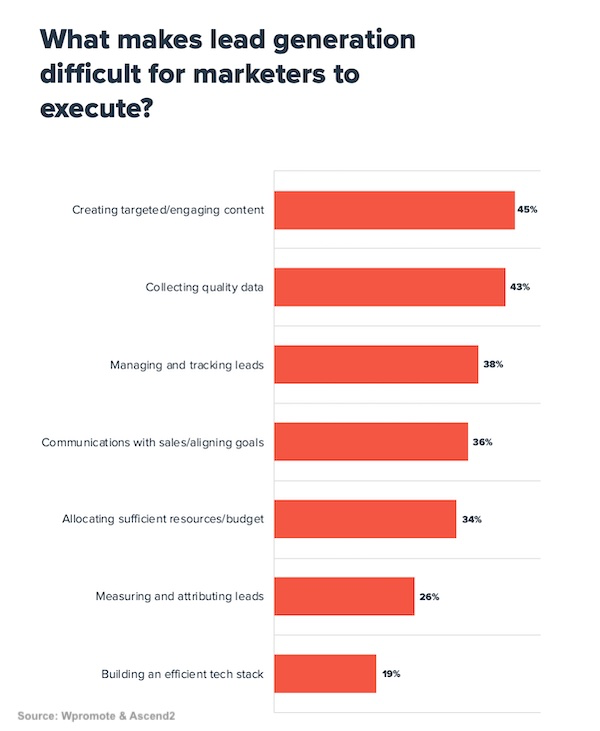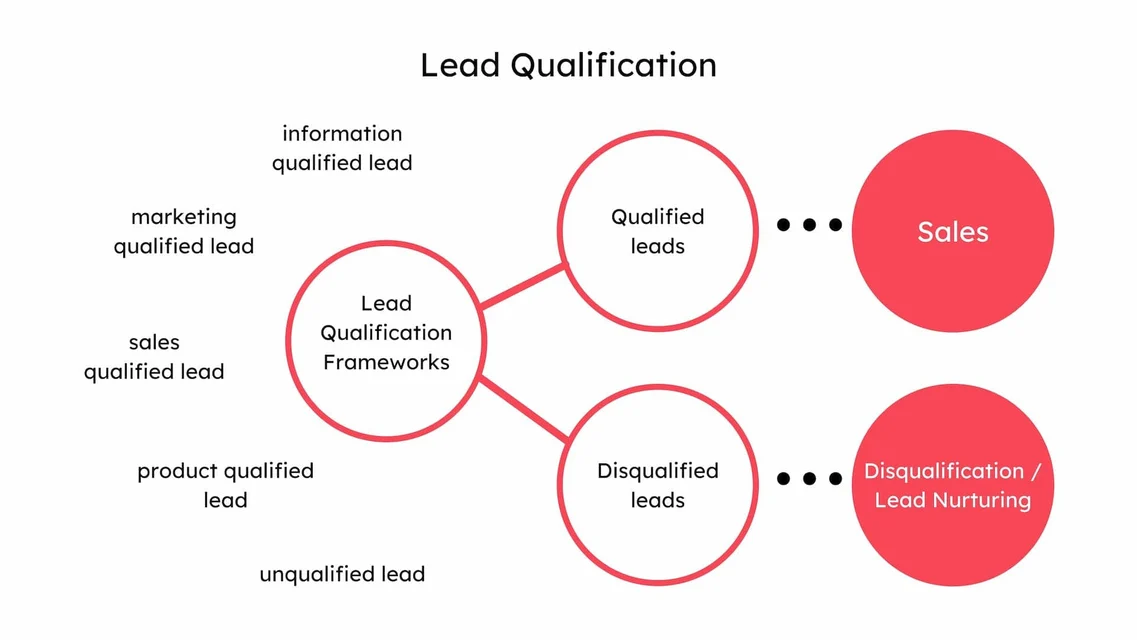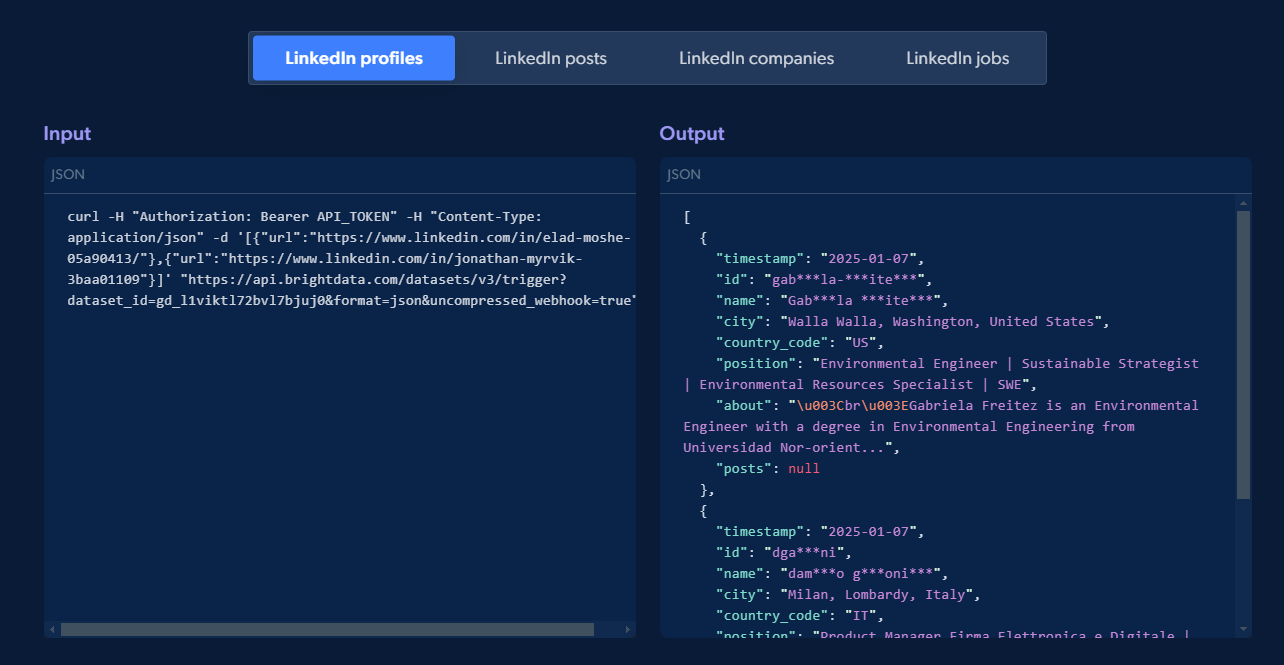Optimizing Lead Generation with Automated Data Gathering
Ever struggled with a growing to-do list? If so, you know the feeling. It might start off as small and manageable, but before you know it, it’s out of control. And you’re scrambling just to stay afloat. When your business was smaller, things worked. For example, you didn’t have much trouble manually collecting and organizing leads.
Now, that process has suddenly become overwhelming. As a result, you have leads that slip through the cracks. Data gets messy. And your team ends up stuck in a game of catch-up. Luckily, automated data collection can relieve the load. It helps you cut through the chaos and transform a time-consuming process into one that’s efficient, scalable, and much easier to manage.
In this post, we’ll dive into how automation can help you scale your lead generation without losing momentum or your peace of mind.
The Challenges of Lead Generation
Scaling lead generation is no small task. What starts as a manageable process quickly becomes more complex as your business grows.
Here are some of the biggest challenges companies face when trying to scale their lead generation efforts:
Managing a Large Volume of Leads
As your reach expands, so does the number of potential leads you’re dealing with. Sounds like a good problem to have, right? Not necessarily. A huge list of leads can overwhelm your team if you don’t have the tools to track, organize, and prioritize these leads effectively.
Maintaining Accuracy and Relevance
Even the best lead generation strategies can fail if you have outdated or incomplete data.
Efficient Lead Qualification
Not every lead is ready to convert. So, you must be able to identify leads who are most likely to make a purchase. However, manually sorting through a growing pool of prospects to find high-value ones can be time-consuming. If you don’t have a streamlined process in place, you could be wasting time on cold leads while warm opportunities slip away.
Other challenges of lead generation include creating targeted content, tracking leads, and measuring lead success.

Source: Marketingprofs.com
What is Automated Data Collection?
Automated data collection tools gather, organize, and manage information about your leads. They make the entire process seamless, accurate, and efficient. So, you don’t have to spend hours manually collecting and sorting data.
How Automated Data Collection Tools Operate
1. Data Collection from Various Touchpoints:
- Website forms (e.g., contact forms or newsletter sign-ups)
- Social media platforms (e.g., when leads engage with your posts or ads)
- CRM systems (to sync and enrich existing data)
- Third-party databases or integrations with other tools (e.g., LinkedIn, Google Ads, or email marketing software)
2. Automatic Data Organization:
- Organizes leads’ names, email addresses, and phone numbers.
- Links interaction data, such as website visits or email clicks, to the right lead.
3. Lead Qualification:
- Tools use predefined rules or AI to qualify leads. For instance:
- A lead who downloads a whitepaper, visits your pricing page, or clicks on a specific ad might be flagged as a “hot” lead.
- Scoring leads based on how closely they match your ideal customer profile (ICP).

Source: Uplandsoftware.com
4. Data Enrichment:
Some tools pull additional details like job title, company, or social media profiles to enrich existing data.
5. Analytics and Performance Tracking:
Metrics include:
- Which lead sources perform best
- How many qualified leads are generated
- Trends in lead engagement or behavior
Benefits of Scaling Lead Generation with Automated Data Collection
Faster Lead Acquisition
Automation speeds up the process of gathering and organizing lead data. You get real-time access to accurate and organized information, enabling quicker follow-ups and a faster sales pipeline.
Personalization at Scale
81% of consumers prefer companies that offer a personalized experience. Automated data collection tools analyze customer behavior and preferences, allowing you to craft and send targeted messages efficiently. (Source: hyken.com)
Better Lead Qualification
Automation enables you to score and qualify leads based on their behaviors, interactions, and demographic/psychographic data. This prioritizes promising leads for follow-up.

Source: leanlabs.com
Enhanced Customer Experience (CX)
Automated data collection enhances the customer journey with faster response times, more relevant outreach, and better follow-through. Leads feel valued, strengthening your brand reputation and driving loyalty.
7 Ways To Scale Your Lead Generation Process
1. Choose the Right Automation Tools
Look for tools that integrate with your existing tech stack, including your CRM, email marketing software, and analytics tools. The best tools collect data from various channels such as web forms, social media, and third-party sources. AI-driven data collection software can enhance lead generation by using machine learning algorithms to identify high-quality prospects, analyze behavioral patterns, and optimize outreach strategies for better conversion rates. Choosing tools with AI capabilities ensures smarter lead qualification and improved efficiency.
2. Streamline Your Lead Capture Forms
Create lead capture forms on your website, landing pages, or within email campaigns. Connect these forms to your CRM to ensure all new leads automatically add and update in your system.
3. Use Behavioral Triggers for Data Collection
Capture interactions like visits to specific product pages or resource downloads. Segment leads more accurately to send targeted content or offers based on their behavior.
4. Implement Lead Scoring and Qualification
Assign scores to leads based on predefined criteria such as engagement level, company size, or past interactions. Focus your sales team on the most promising opportunities.
5. Segment Your Leads for Targeted Campaigns
Segment leads by industry, behavior, or engagement level. For example, follow up with additional content after a whitepaper download or send a personalized sales offer to leads interested in a product demo.
6. Leverage Integrations to Sync Your Systems
Sync your CRM, email marketing platform, customer service tools, and analytics software to ensure seamless data flow and real-time updates.
7. Track and Optimize Campaigns with Analytics
Regularly analyze data from automation tools to identify top-performing lead sources, measure campaign success, and uncover areas for improvement.
A Case Study With Bright Data An Automated Data Collection Platform
When scaling lead generation, one challenge is finding tools that reliably integrate with your system while delivering actionable insights. Bright Data stands out as a robust option in the space of automated data collection tools.
What Bright Data Offers
Web Scraping API
Bright Data’s Web Scraper API is designed for extracting actionable data across industries. Tasks you can automate include:
- Capturing market trends from industry sites
- Extracting contact information from multiple websites
- Segmenting leads based on online behavior
LinkedIn Dataset
Bright Data’s LinkedIn datasets provide detailed insights into professionals, companies, job postings, and more. With this data, you can:
- Identify decision-makers in specific industries or roles
- Build enriched lead lists with comprehensive data
- Track career movements to engage leads at the right time

Source: brightdata.com
By automating these processes, Bright Data ensures your sales funnel remains efficient and data-rich, paving the way for high-quality lead generation at scale.
Why Bright Data is an Ideal Tool for Lead Generation
What sets Bright Data apart is its ability to integrate smoothly with existing CRMs and analytics platforms, offering reliable, accurate data that can be used in real-time. This saves businesses hours of manual labor, reduces errors, and provides meaningful insights into lead behavior.
Bright Data can also integrate with LeadGen via intermediaries such as Zapier or webhooks. This setup enables businesses to create seamless workflows for automating data collection and lead management. By bridging these systems, Bright Data ensures that collected insights flow directly into your lead generation pipelines, enhancing efficiency and enabling targeted, data-driven decisions.
Conclusion
Bright Data is just one example of how automation tools can simplify and enhance the lead generation process. While there are many options available, the key is to find one that fits seamlessly into your workflow and addresses the specific challenges you face.
By embracing automated data collection, you can stop chasing after leads and start focusing on building meaningful, long-term connections. This not only saves time but also helps you scale your efforts strategically and effectively.
Ready to see the impact of automation? Discover how LeadGen can help your business scale its lead generation efforts with a 14-day free trial today!








